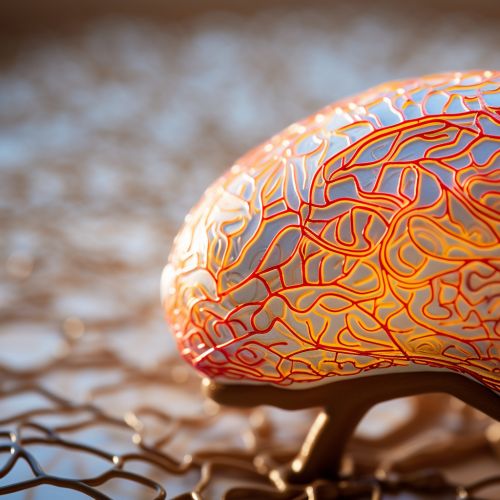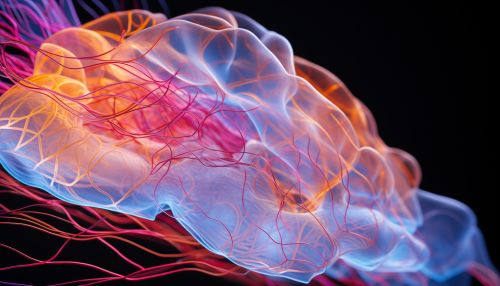Brain Networks
Overview
The human brain, a complex organ with billions of neurons, is organized into various networks that facilitate different functions. These "Brain Networks" are interconnected systems of neurons that work together to perform specific tasks. The study of these networks is a significant area of research in neuroscience and psychology, with implications for understanding cognition, behavior, and mental health.


Neural Networks
Neural networks, also known as neural nets, are the fundamental units of the brain. They are composed of interconnected neurons that transmit information through electrical and chemical signals. The structure of these networks is dynamic, changing in response to learning, experience, and damage.
Structure of Neural Networks
Neural networks are composed of nodes (neurons) and edges (synapses). Each neuron can form thousands of connections with other neurons, creating a dense network of communication pathways. The strength and pattern of these connections determine the network's function and efficiency.
Function of Neural Networks
Neural networks are responsible for all cognitive and behavioral functions. They process sensory input, control motor output, and facilitate higher cognitive functions such as memory, attention, and decision-making.
Major Brain Networks
Several major networks have been identified in the human brain, each associated with specific cognitive functions. These include the default mode network, the salience network, and the central executive network.
Default Mode Network
The default mode network (DMN) is active when the brain is at rest and not focused on the outside world. It is involved in introspection, daydreaming, and self-referential thought.
Salience Network
The salience network (SN) is involved in detecting and orienting attention towards important or relevant stimuli. It plays a crucial role in decision-making and social behavior.
Central Executive Network
The central executive network (CEN) is associated with high-level cognitive functions such as working memory, attention, and problem-solving.
Brain Networks and Mental Health
Alterations in brain networks have been linked to various mental health disorders. For example, disruptions in the default mode network have been associated with depression and anxiety, while alterations in the salience network have been linked to schizophrenia and autism.
Brain Network Analysis
Brain network analysis involves mapping and measuring the connections within the brain. This can be done using various neuroimaging techniques, such as functional magnetic resonance imaging (fMRI) and diffusion tensor imaging (DTI).
Future Directions
The study of brain networks is a rapidly evolving field, with potential applications in diagnosing and treating mental health disorders, understanding cognitive decline in aging, and developing brain-computer interfaces.
